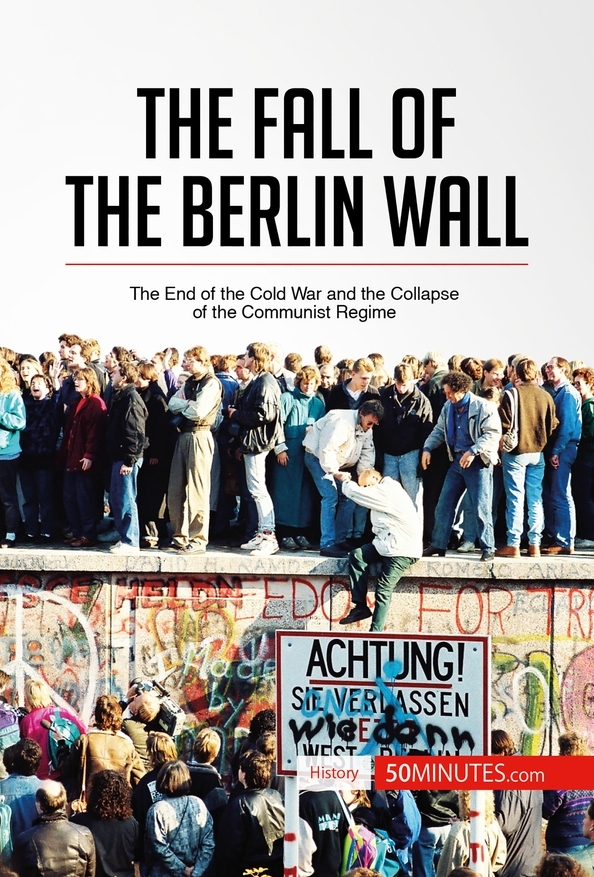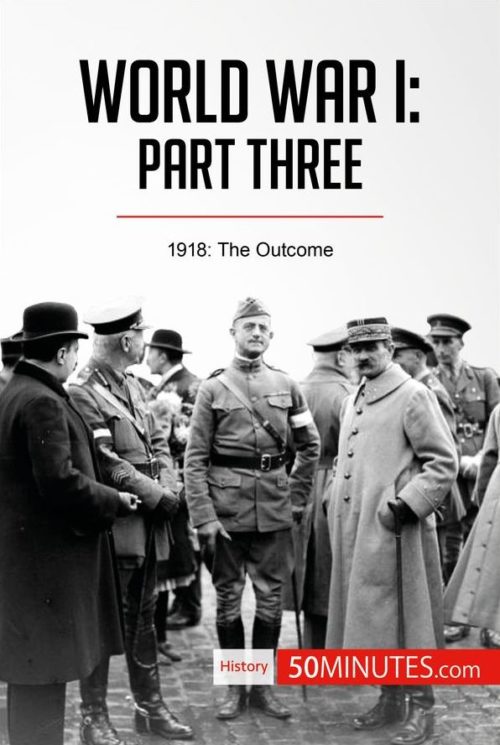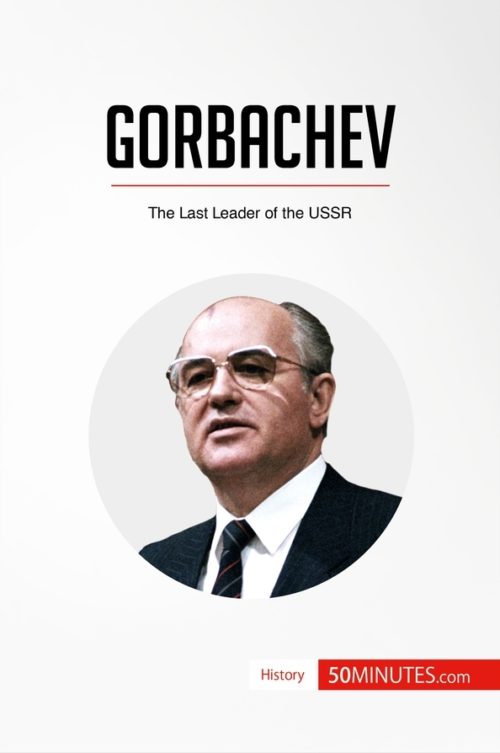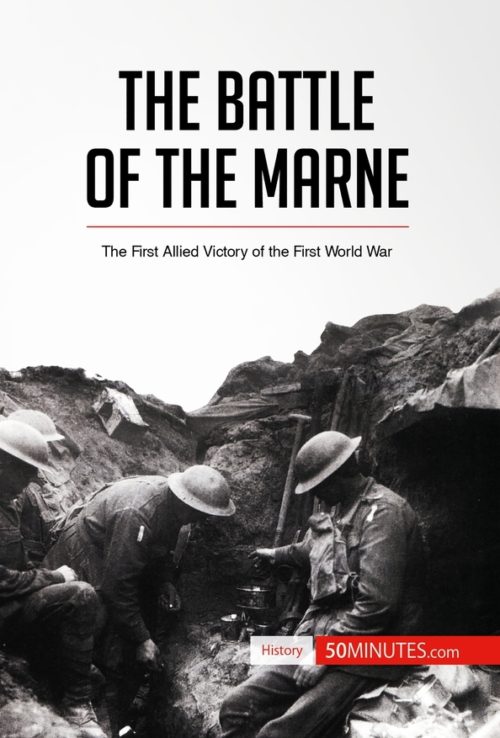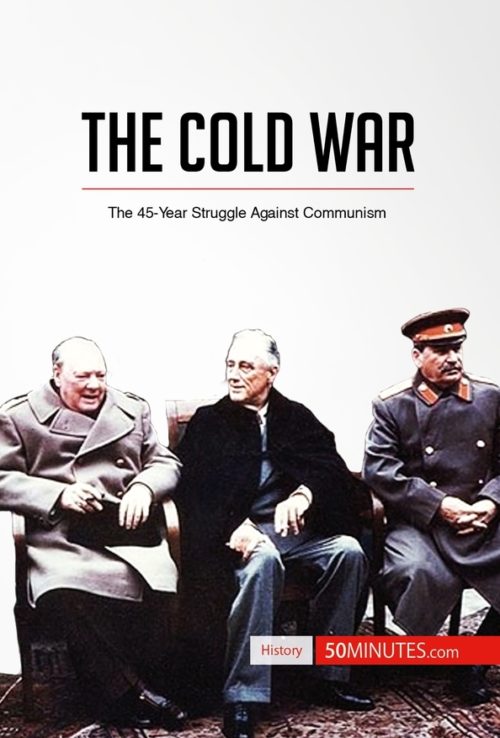The Fall of the Berlin Wall
The Fall of the Berlin Wall
$4.99
Read more
The fall of the Berlin Wall put an end to almost 30 years of physical and ideological separation between the two halves of the German capital. Constructed at the height of the Cold War, the Berlin Wall symbolized the hostility between the capitalist powers in the West and the Communist powers in the East. Its fall saw people flood across the barrier to be reunited with friends and family that they had long been separated from and had far-reaching consequences: it resulted in German reunification after decades of division, and precipitated the collapse of the Soviet Union and of Communism in Eastern Europe. In just 50 minutes, you will learn about the major impact of the fall of the Berlin Wall and understand how it drastically altered European politics in the late 20th century.
This straightforward and informative book provides a thorough discussion of the key events leading up to the fall of the Berlin Wall and the key people involved, including Egon Krenz and Günter Schabowski. It also features a valuable introduction to the political, social and economic context and an evaluation of its impact over the longer term, giving you all the essential information about this momentous event.
About the fall of the Berlin Wall
The fall of the Berlin Wall was a key event in the end of the Cold War. By 1989, the USSR was beset by severe economic and political problems and relaxed its iron grip on its satellite states, and a desire for democracy spread across Eastern Europe. The Wall’s collapse encouraged the populations of other Eastern bloc countries to mobilize against Communist dictatorship, and within just a few months all of Eastern Europe was democratized.
This clear and accessible 44-page book is structured as follows:
- Introduction to the fall of the Berlin Wall
- Context
- The Allies: Europe’s savior
- Bisecting Berlin, Germany and Europe
- The weakening of Soviet centralized power
- Freedom of movement
- Biographies
- Egon Krenz, German politician
- Günter Schabowski, former German journalist
- The fall of the Berlin Wall
- Days leading up the the fall
- Thursday 9 November 1989
- The next few days
- Impact of the fall of the Berlin Wall
- German reunification (1989-1990)
- Independence for Eastern European states (1989-1990)
- The collapse of the Soviet Union (1990-1991)
- Eastward expansion of the European community
- Summary
Product details
| ISBN | 9782806279217 |
|---|---|
| Publisher | Plurilingua Publishing |
| Series | 50MINUTES.COM – History |
| Format | |
| Pages | 44 |
| File size | 2.9 MB |
